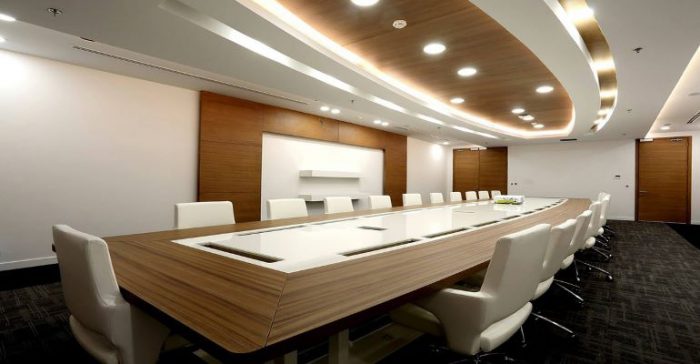This article was originally published on neea.org on Feb. 11, 2020.
Commercial buildings represent about 19 percent of U.S. energy use; of that, about 20 percent is lighting. To take the next big leap in lighting efficiency, the Northwest is turning to a promising solution: luminaire level lighting controls (LLLCs). LLLCs combine LEDs with integrated controls and sensors allowing each luminaire to wirelessly communicate with one another. The Northwest Energy Efficiency Alliance (NEEA) estimates that LLLCs could save between 25-75 percent energy savings compared with non-controlled fixtures. However, the benefits of this innovative technology promise to extend far beyond lighting energy savings. LLLCs – with built in temperature, humidity, occupancy and daylight sensors – could be ideal candidates to control whole building systems.
In 2020, the alliance launched a pilot to test the ability of LLLCs to control HVAC (heating, ventilation, air conditioning) and plug loads in commercial buildings. The pilot has two goals: reduce the energy used for heating, cooling and plug loads; and, make buildings more comfortable by providing better temperature regulation. NEEA has confidence that LLLCs can provide unmatched occupant comfort and deliver significant whole-building energy savings – all without the need for special programming or new wiring. And, the market agrees: in 2018, HVAC giant Siemens purchased Enlightened, one of the premier LLLC manufacturers in the country.
“These sensors can be installed in every light fixture with the ability to collect data 65 times per second to detect environmental and occupancy changes and react to lighting and HVAC needs in real time,” Siemens said in a recent press release. “In addition, the platform is able to locate people and assets within a building and analyze the occupancy of floors and rooms. Finally, in combination with Siemens solutions, the Enlighted platform can optimize the energy efficiency of HVAC systems.”
The results of NEEA’s pilot are expected in mid-2020.
